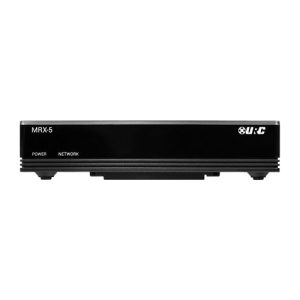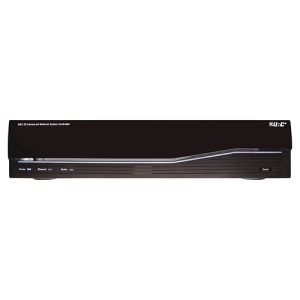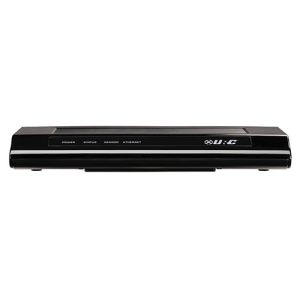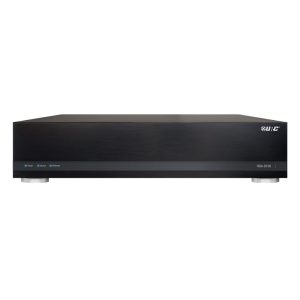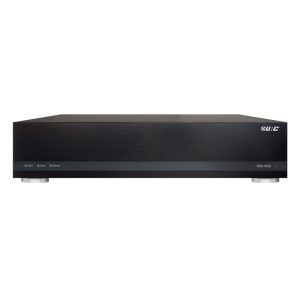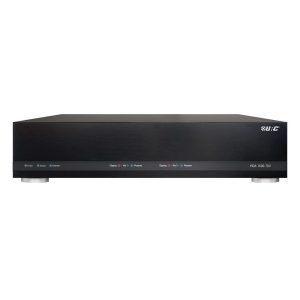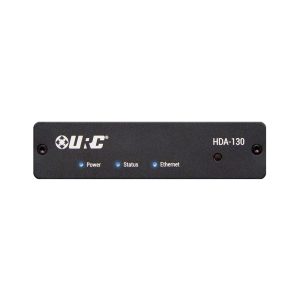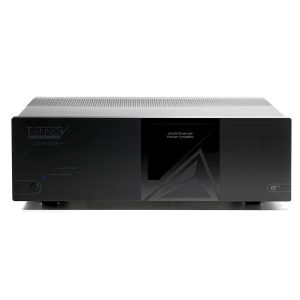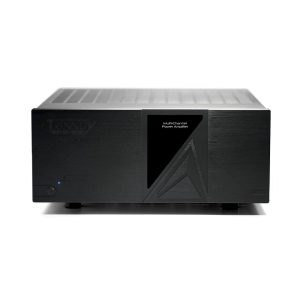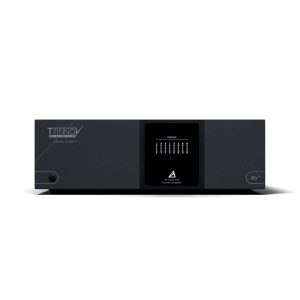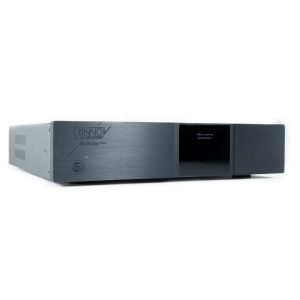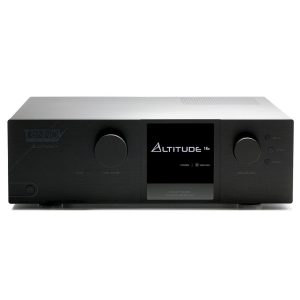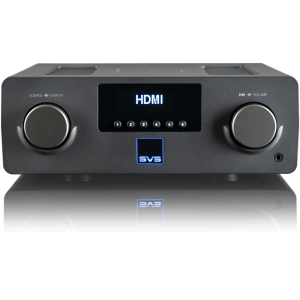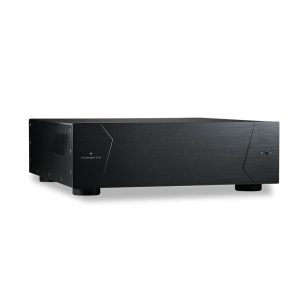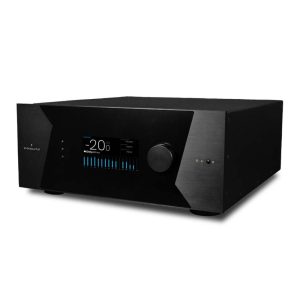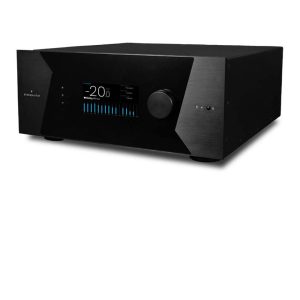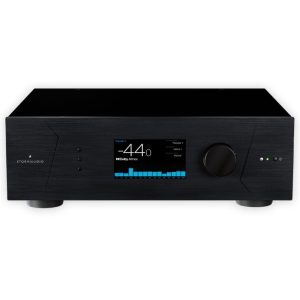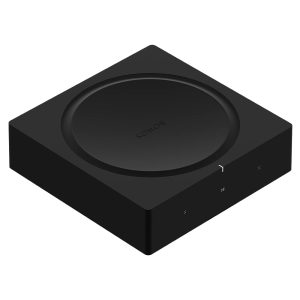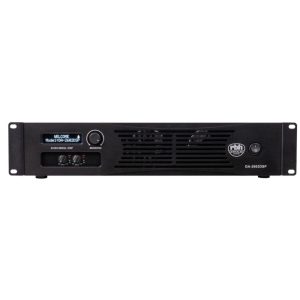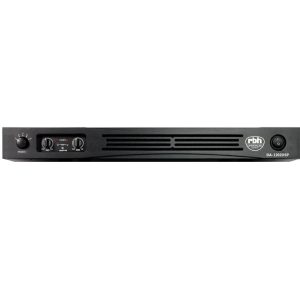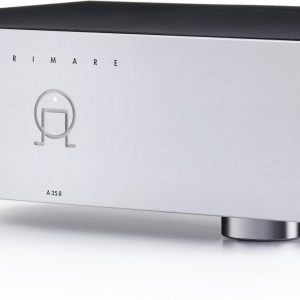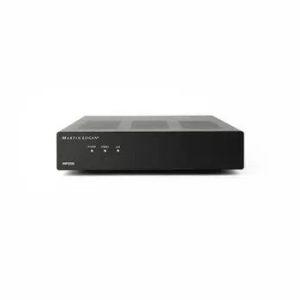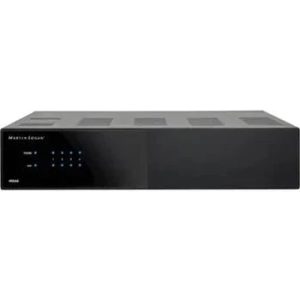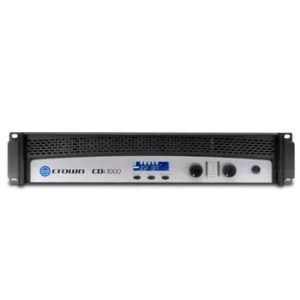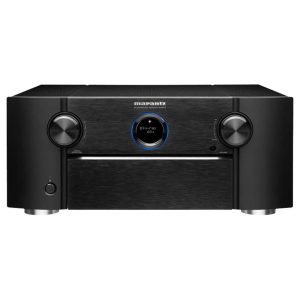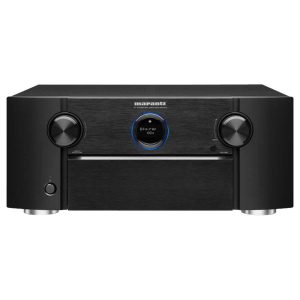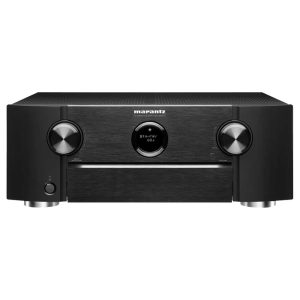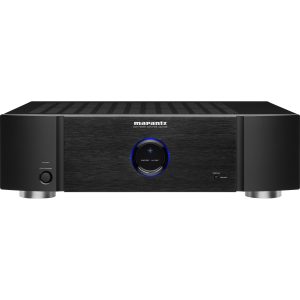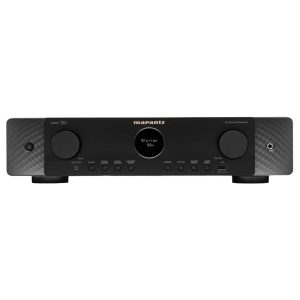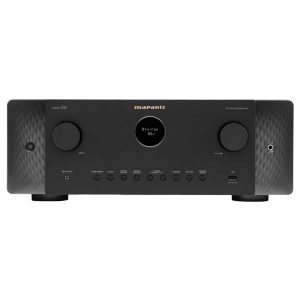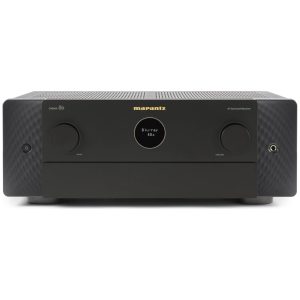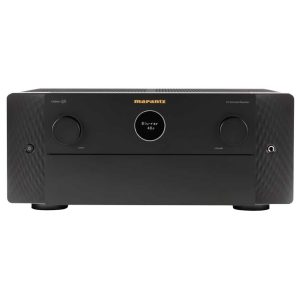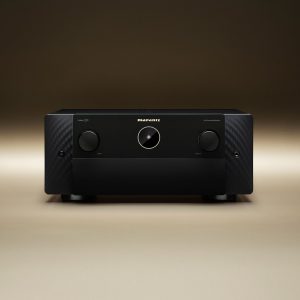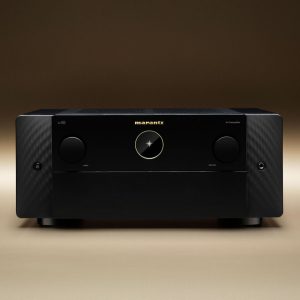Home Theater Components
Price
Min: $49 | Max: $114995
-
URC MRX-5 Advanced System Controller
$450.00 -
URC MRX-30 Advanced System Controller
$2,800.00 -
URC MRX-2 Advanced System Controller
$450.00 -
URC HDA-8100 Multi-Zone Amplifier
$3,500.00 -
URC HDA-4100 Multi-Zone Amplifier
$2,500.00 -
URC HDA-1600-70V Low-Z/70 Volt Amplifier
$2,600.00 -
URC HDA-130 Single Zone Amplifier
$750.00 -
SVS Prime Wireless Pro Soundbase Amplifier
$699.99 -
SVS Dual SB-2000 Pro Subwoofer
Price range: $1,799.98 through $1,999.98 -
StormAudio PA 8 Ultra Multi-Channel Power Amplifier
$9,999.00 -
StormAudio PA 16 Multi-Channel Power Amplifier
$12,499.00 -
StormAudio ISR Fusion 20 Immersive Sound Receiver
$19,999.00 -
StormAudio ISP Evo Immersive Sound Preamp/Processor
Price range: $18,999.00 through $22,999.00 -
StormAudio ISP Elite MK3 Immersive Sound Preamp/Processor
Price range: $20,999.00 through $29,999.00 -
StormAudio ISP Core 16 Immersive Sound Preamp/Processor
$13,999.00 -
RBH DA-2602DSP Two-Channel Subwoofer Amplifier
$2,200.00 -
RBH DA-1202DSP two-channel subwoofer amplifier
$1,250.00 -
Primare SPA25 Integrated Amplifier 9 ch w. Dolby Atmos
$6,999.00 -
Primare SP25 Prisma Home Cinema Preamplifier Processor
$5,999.00 -
Primare A35.8 8ch x 150 watts Power Amplifier
$5,999.00 -
MartinLogan Ultra-Class-D Multi-Purpose DSP 2-Channel Amplifier
$799.99 -
MartinLogan Fully Matrixed Distributed Audio Amplifier
Price range: $2,499.99 through $3,499.99 -
MartinLogan Crown CDi 1000
$1,299.00 -
Marantz SR8015
$3,999.00 -
Marantz SR7015 AV Receiver
$1,899.00 -
Marantz SR7015 AV Receiver
$1,899.00 -
Marantz SR6015 AV Receiver
$1,599.00 -
Marantz SR5015 AV Receiver
$999.00 -
Marantz MM7025 Amplifier
$1,000.00 -
Marantz Cinema 60 Amplifier
$1,800.00 -
Marantz Cinema 50 Amplifier
$2,800.00 -
Marantz Cinema 40 Amplifier
$3,800.00 -
Marantz Cinema 30 AVR
$4,800.00 -
Marantz AV 10 Processor
$8,000.00 -
Marantz AMP 10 Amplifier
$8,000.00
